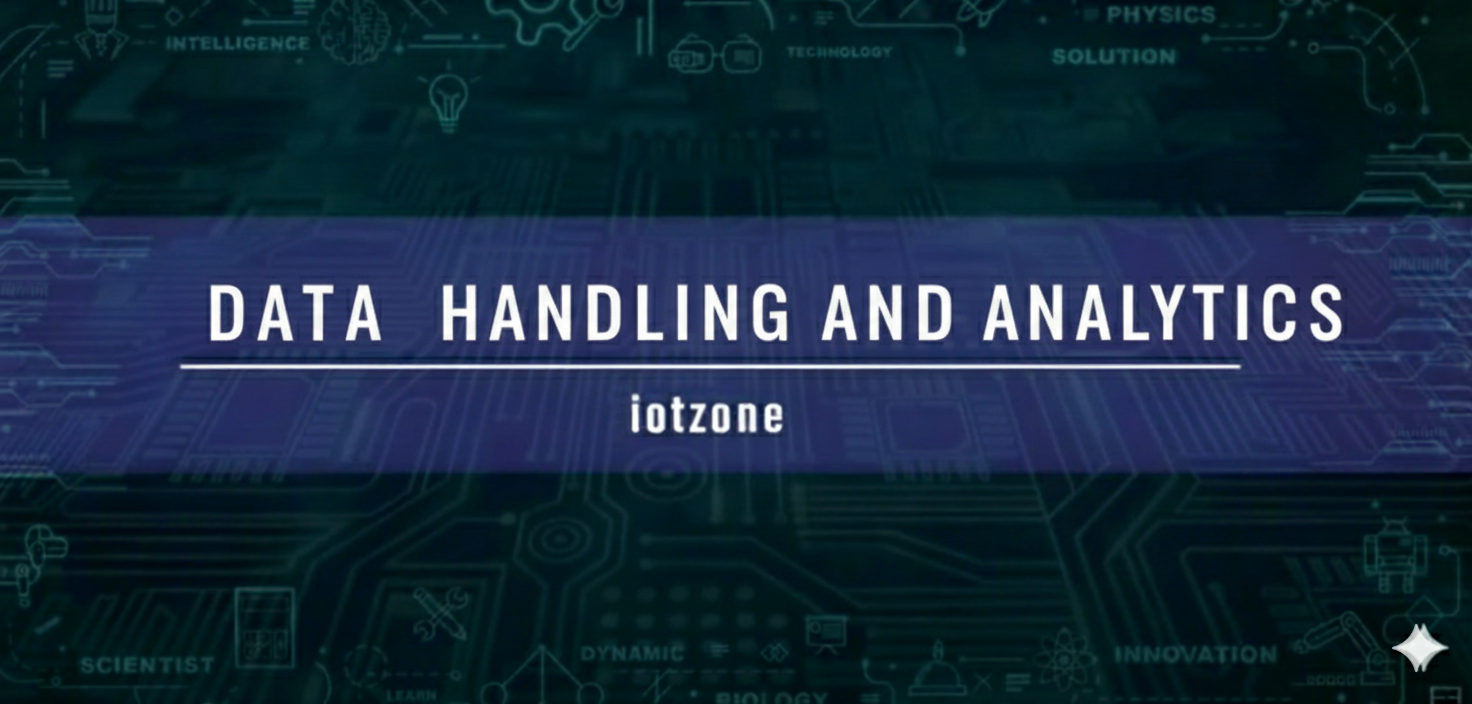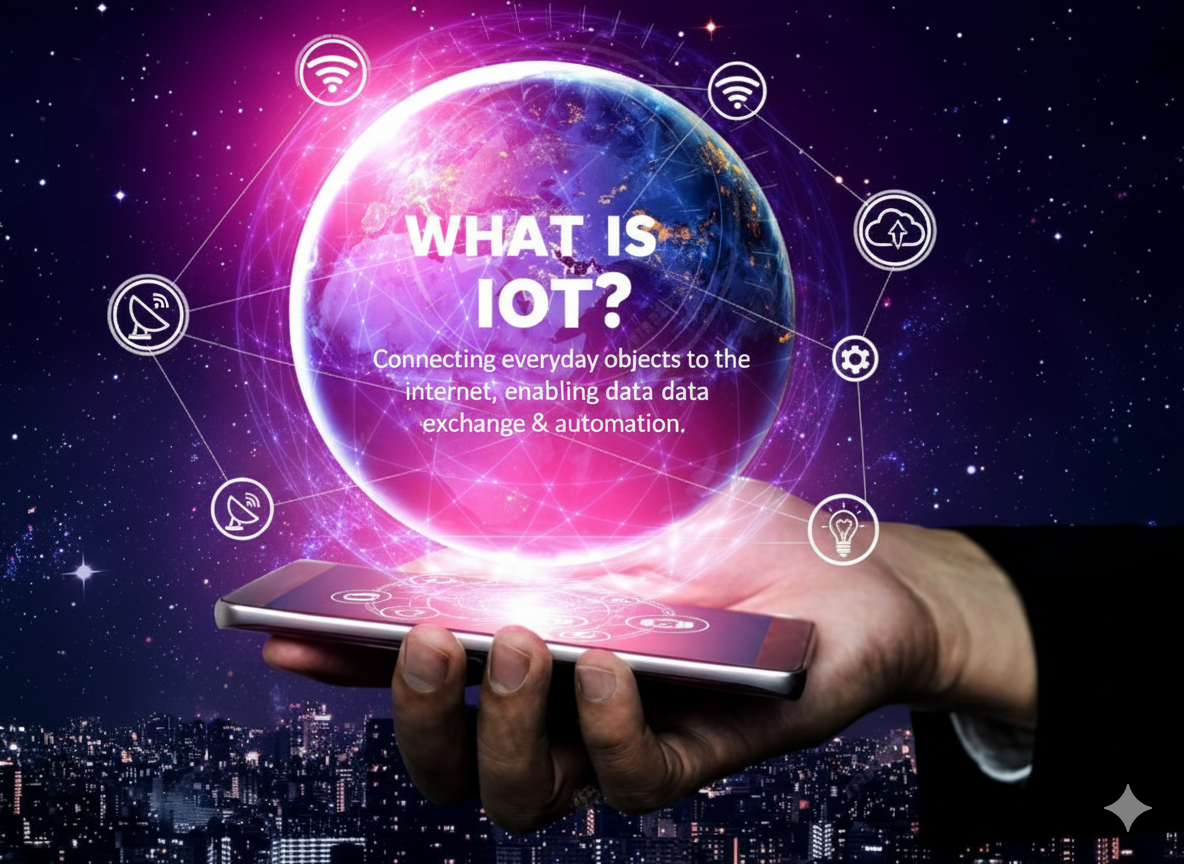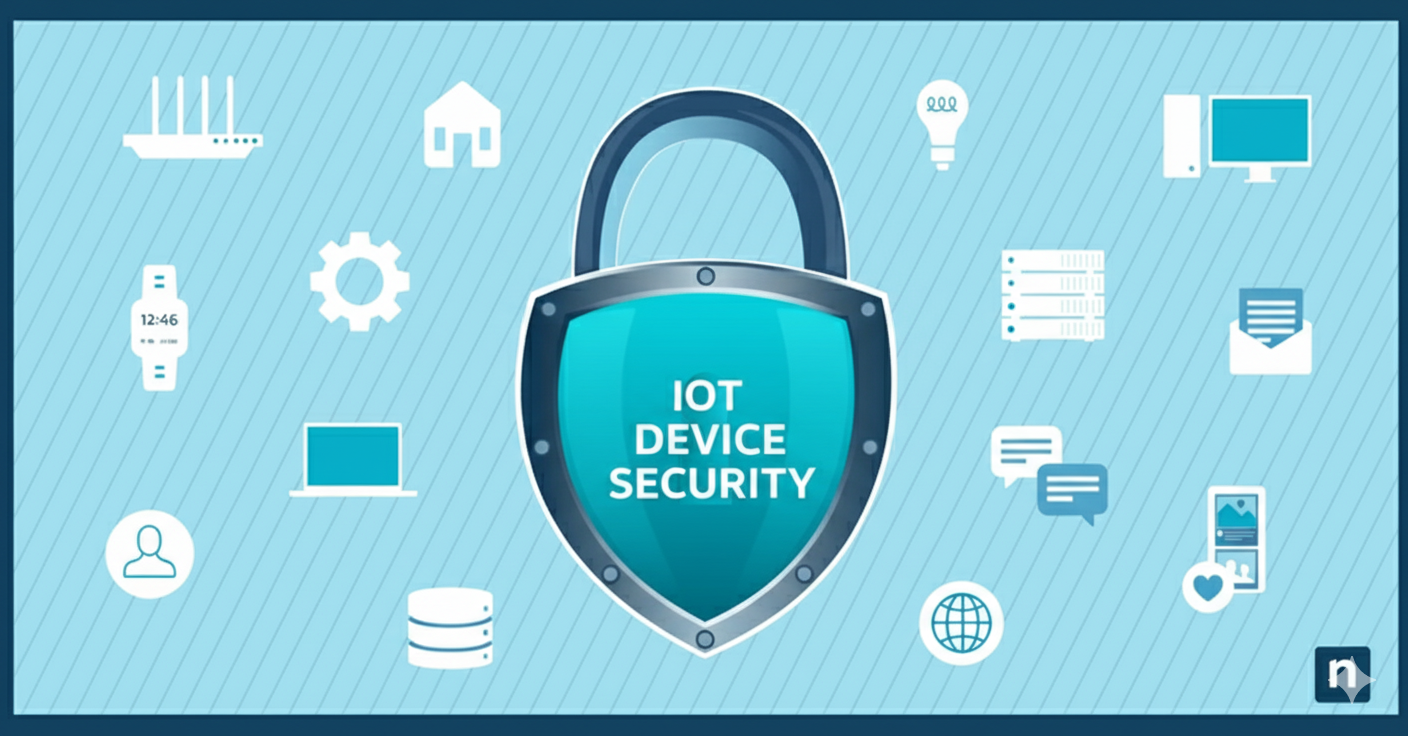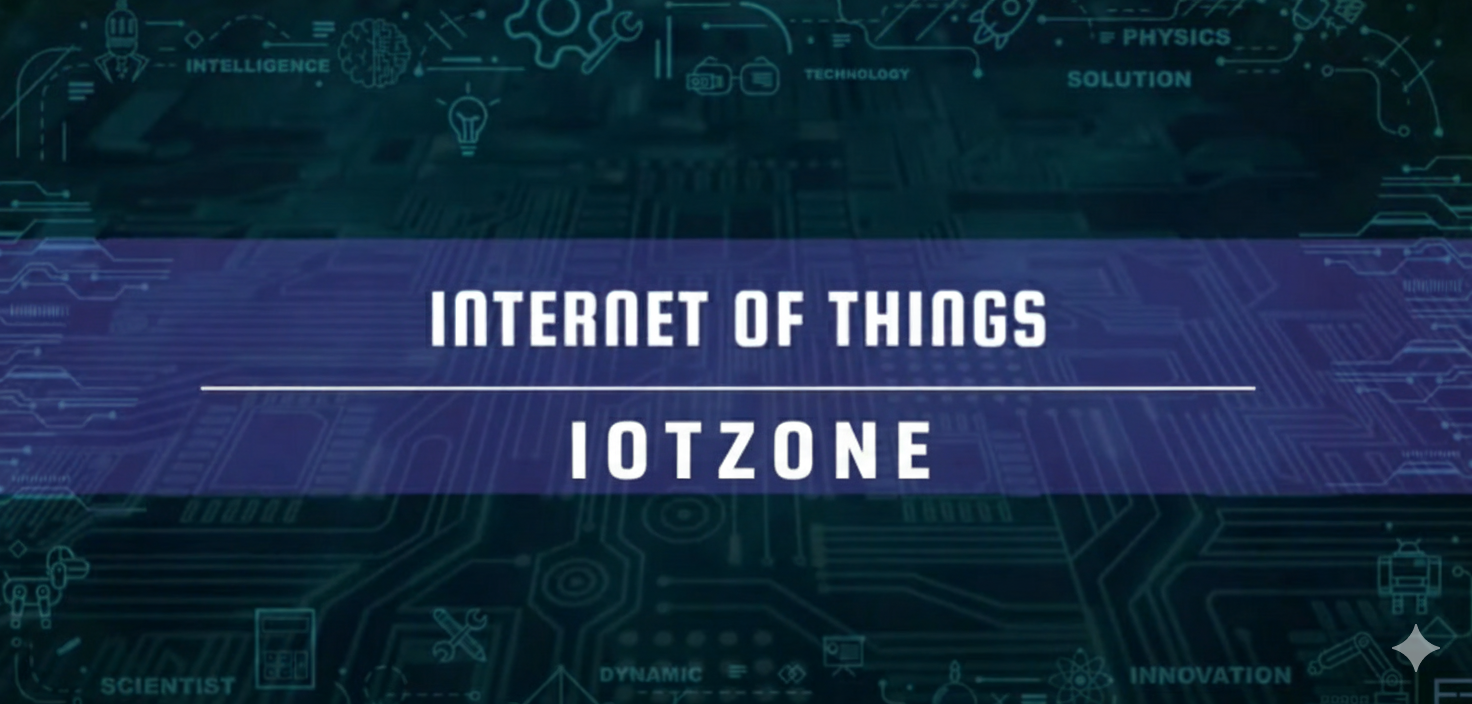How Data Handling and Analytics Drive IoT Efficiency and Innovation

Overview
The Importance of Data Handling and Analytics in IoT
The sheer volume of data generated by IoT devices needs to be effectively handled and analyzed to extract valuable insights and improve system efficiency. Without proper data handling mechanisms and analytics, businesses and industries will struggle to make sense of this massive data stream. In this context, two critical aspects are crucial for successful IoT deployments:
-
Data Handling - How to store, manage, and securely dispose of IoT-generated data.
-
Data Analytics - How to process and analyze this data to derive actionable insights.
Data Handling in IoT
Effective data handling involves the proper storage, archiving, and disposal of data generated throughout the lifecycle of an IoT project. Handling data in a secure manner, both electronically and non-electronically, is crucial. Given the volume, velocity, and variety of data generated by IoT systems, this data often resembles big data characteristics.
Big data refers to large, complex datasets that traditional data processing systems cannot handle efficiently. This data comes in many forms—text, images, video, audio—and often cannot be stored using traditional relational databases. This challenge is particularly relevant in the IoT domain, where unstructured data from sensors, cameras, and mobile devices must be managed properly.The 7 V’s of Big Data
Big data is often characterized by the "7 V’s," which represent the key attributes of data that organizations must contend with:-
Volume – The sheer quantity of data generated by IoT devices, often measured in terabytes or more.
-
Velocity – The speed at which this data is generated and needs to be processed in real-time. For instance, the average number of tweets generated per day is over 140 million.
-
Variety – The diverse types of data, including structured, semi-structured, and unstructured data (text, video, images, etc.).
-
Variability – The changing nature of data over time or in different contexts, such as the variability in language or sensor readings.
-
Veracity – The quality or trustworthiness of data, which can include noise, redundancy, or inconsistency.
-
Visualization – The need to present data visually for effective decision-making.
-
Value – The importance of extracting meaningful insights from the data to drive business decisions.
Cloud Computing for Data Handling
One of the most efficient ways to manage IoT data is through cloud computing. Cloud platforms provide a scalable infrastructure to handle large datasets. With features like on-demand self-service, resource pooling, rapid elasticity, and measured service, the cloud allows businesses to scale their data handling capabilities according to demand. This is particularly useful for IoT applications where data storage and processing needs can fluctuate over time.
Cloud computing also offers three primary service models that support data management:-
Infrastructure as a Service (IaaS)
-
Platform as a Service (PaaS)
-
Software as a Service (SaaS)
Data Processing with Hadoop
Handling the massive volume of IoT data often requires advanced technologies like Hadoop. Hadoop is an open-source software framework designed for processing large datasets across distributed computing environments. The core components of Hadoop include:
-
Hadoop Distributed File System (HDFS) - Stores large data sets across multiple machines, ensuring reliability through data replication.
-
MapReduce - A computational model for processing and generating large datasets in parallel.
-
YARN (Yet Another Resource Negotiator) - Manages resources across the Hadoop cluster.
IoT Data Acquisition and Storage
Once IoT data is generated, the next crucial step is data acquisition. Data must be collected from diverse sources such as:
- Sensors (temperature, humidity, motion, etc.)
- Cameras
- Mobile devices
- Wearables
- Industrial machines
-
Relational databases for structured data (SQL)
-
NoSQL databases for unstructured or semi-structured data (key-value, document-oriented, etc.)
-
Hadoop Distributed File System (HDFS) for large-scale, distributed storage
Data Analytics: Turning Data into Insights
Once data is properly handled and stored, it must be analyzed to derive insights. Advanced analytics tools can process this data to uncover hidden patterns, trends, and correlations. Some common data analytics methods include:
-
Predictive Analytics – Forecasting future trends based on historical data.
-
Descriptive Analytics – Analyzing historical data to understand past performance.
-
Prescriptive Analytics – Recommending actions based on data analysis.
Conclusion: Ensuring Efficient IoT Operations
The data produced by IoT systems is vast, varied, and unstructured, presenting significant challenges in terms of data handling and data analytics. However, with the right tools and technologies, businesses can efficiently manage and analyze IoT data to unlock its full potential. Cloud computing, Hadoop, and NoSQL databases offer scalable solutions for storing and processing large volumes of IoT data. Moreover, advanced analytics techniques can help derive actionable insights, making IoT deployments more efficient and impactful.
By effectively managing IoT data through appropriate handling and analysis, organizations can optimize their IoT systems, solve problems efficiently, and enhance decision-making processes, ultimately leading to more successful IoT implementations.Administrator
Frequently Asked Questions
Common questions about How Data Handling and Analytics Drive IoT Efficiency and Innovation. Find answers to the most frequently asked questions.
User Reviews & Comments
Share your experience with this IoT Blog. Your feedback helps our community make informed decisions!
Share Your Experience
Help others by sharing your thoughts about this IoT Blog.
Related Blogs
Explore more IoT Blogs in the same category

What is the Internet of Things (IoT)?
Tutorials
The Internet of Things (IoT) connects everyday devices to the internet, enabling smart homes, healthcare, farming, and industries with automation, real-time monitoring, and data-driven insights.

IoT Security Risks and How to Protect Your Devices
Tutorials
Learn how to secure your IoT devices at home and office, reduce cyber risks, and protect privacy with best practices for a safer connected world.

IoT Components: Working of IoT, Sensors & Actuators, Role of IoT, IoT Cloud, IoT Analytics
Tutorials
Explore IoT components, working, sensors, actuators, IoT cloud, and analytics. Learn how IoT transforms data into insights, connecting devices for smarter and efficient solutions.
No Reviews Yet
Be the first to share your experience with this IoT Blog!